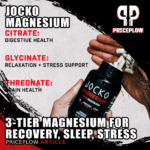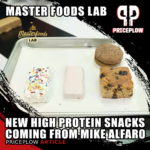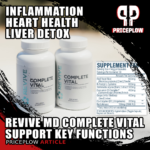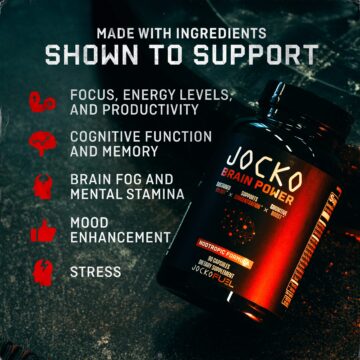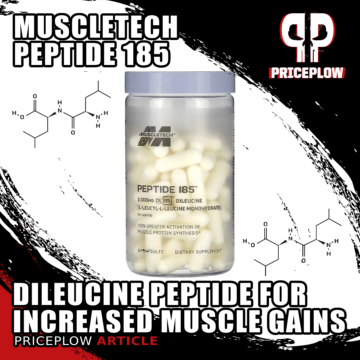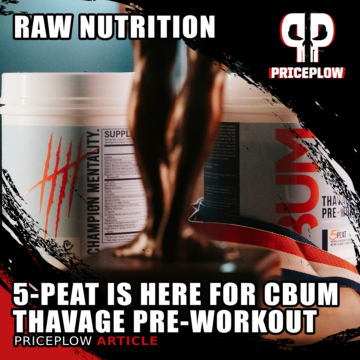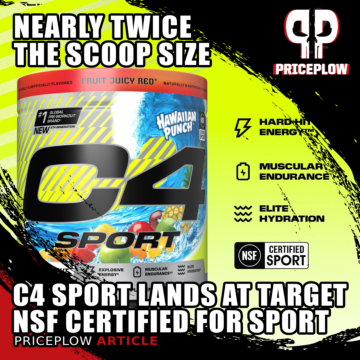Welcome to the PricePlow Blog
PricePlow is the premier thought leader in the dietary supplement industry. We cover the science of supplements and help customers save.
Listen to the PricePlow Podcast, learn from our supplement guides, or read the latest news below. You can also save money with the PricePlow site and our supplement deals page.
Milk Proteins, Peptides, and SOUL: Matt Karich Returns | Episode #135
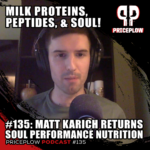
Quite a bit has happened since Episode #068 with Matt Karich, the enterprising founder of Soul Performance Nutrition. He’s gotten deeper into ultra-endurance sports, and has dropped a few incredible new supplements.
So we brought Matt back on to talk about his latest endeavors, getting the official catch-up from over two years of […]
Continue Reading →
Natural Products Association SUES New York Over Supplement Restrictions (Updated 4/23/24)
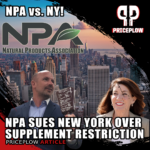
On December 4, 2023, the Natural Products Association (NPA) filed a lawsuit against the State of New York — specifically Attorney General Letitia James — arguing that the state’s recently-enacted law that prohibits and restricts dietary supplement purchases is unconstitutional.[1]
This article explains the law, summarizes the lawsuit, provides a quote from the Natural […]
Continue Reading →
Ghost Greens Matcha Latte to Celebrate Earth Day 2024
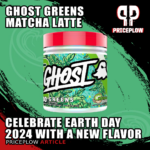
April has been a huge month for GHOST, with two brand new products making their debut. First, we got GHOST’s Protein Cereal, which was released in both a peanut butter and a marshmallow (with real Lucky Charms!) flavor. Shortly thereafter, the supplement giant released GHOST Joint, which is a unique formula to ensure your joints […]
Continue Reading →
Ghost JOINT: Powdered Joint Support Supplement Where Old Meets New
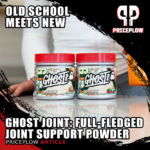
Earlier this month, GHOST Lifestyle made waves with the release of Ghost Protein Cereal, the supplement titan’s first foray into functional foods that initiated a partnership with General Mills.
Yet inside that formula was a non-disclosed protein blend that included soy protein included — two things Ghost had never done before. This led […]
Continue Reading →
CBum Essential Pre: Mystery Flavor Revealed to Be Citrus Grapefruit!
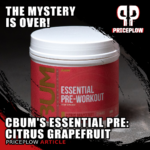
RAW is a brand on the warpath. After an astonishingly good 2023 where they won Brand of the Year in PricePlow’s 2023 Supplement Industry Awards, Chris Bumstead’s brand has carried the momentum through to 2024. In particular, the release of RAW Fuel – a formula built with professional endurance athletes in mind – showcased RAW’s […]
Continue Reading →
POPPA PUMP: InnovaPharm’s Stim-Free Nitric Oxide Pills with 2 New Ingredients
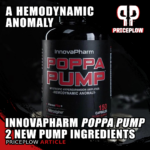
InnovaPharm is one of those brands known for uniquely innovative labels. They’re always bringing a touch of something different to their formulas, and we love them for it because when they start launching products, they pull the industry out of slumps.
Recently, they launched the MVPre 365 Everyday Pre-Workout, which gave a great new […]
Continue Reading →
Dick Durbin is Up to No Good in the Dietary Supplement Industry Again

On March 18, 2024, United States Senator Dick Durbin of Illinois sent a letter to four dietary supplement industry trade associations demanding action against the inclusion of dangerous and illegal ingredients in products marketed as supplements.[1-5]
The letter focuses specifically on tianeptine, a compound sold as an antidepressant in several European countries that has […]
Continue Reading →
